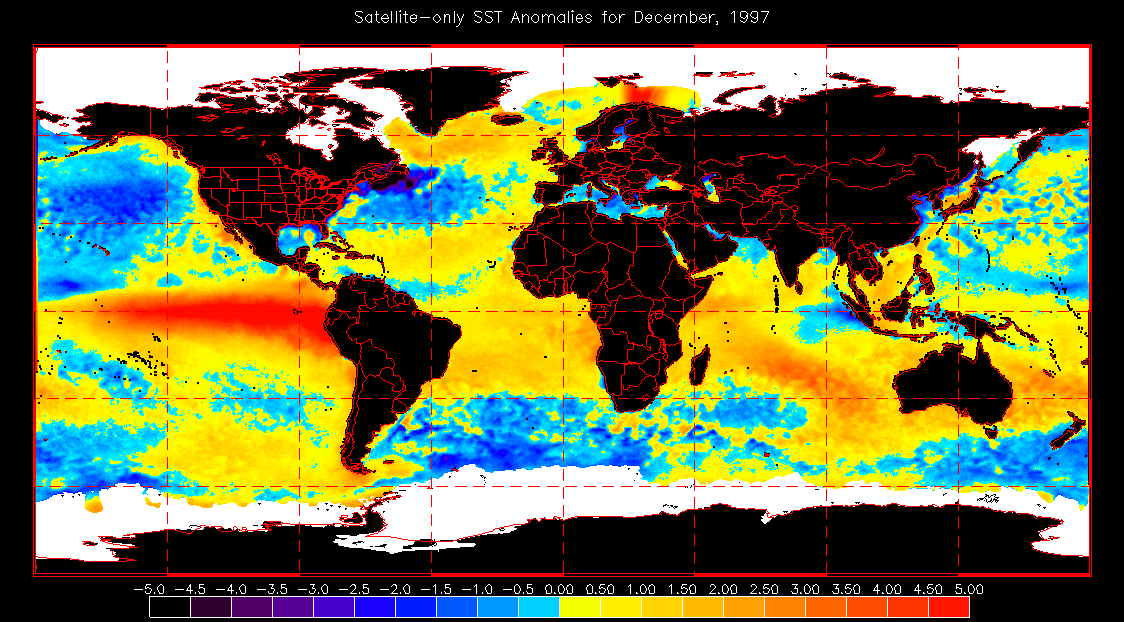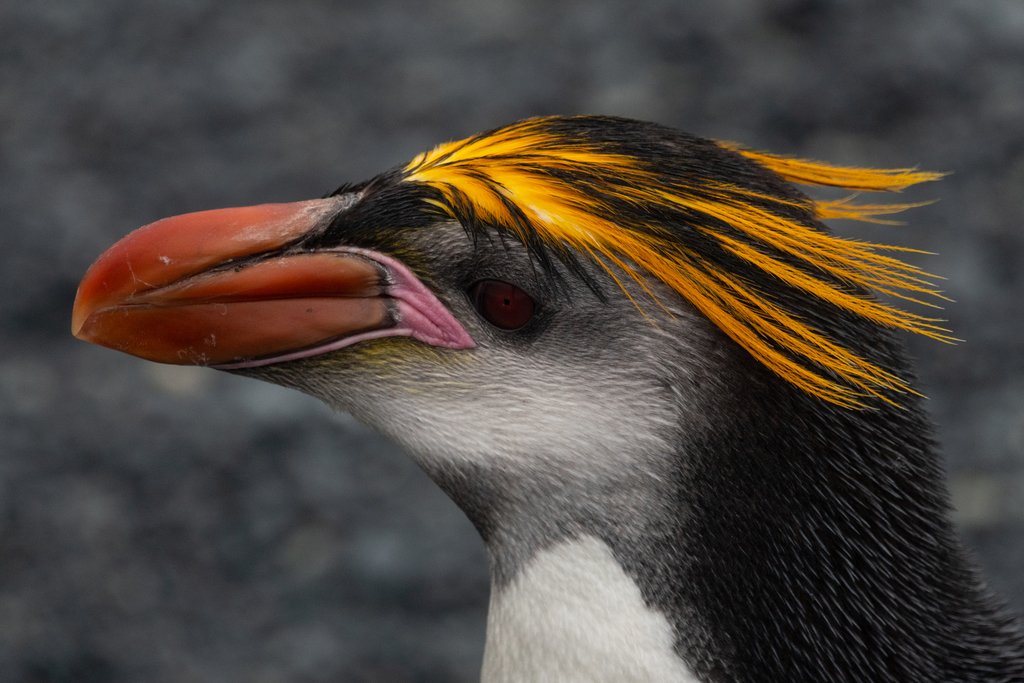Farallon Institute Newsletter - Summer 2023
Erendira Ceballos at the Alcatraz Island seabird colony.
Around The Office
Farallon Institute is currently beginning its second summer internship program and we’re excited to welcome Alexis De la Torre and Amelia Grevin. The internship program focuses on the convergence of computer and marine science and how we combine those two fields to conduct our research at Farallon Institute. The interns will be helping us investigate the success of seabird colonies related to oceanographic factors, such as sea surface temperature and the El Niño-Southern Oscillation (ENSO). We’re excited to have them on board—stay tuned to see what they accomplish this summer!
Additionally, Erendira Ceballos joined Farallon Institute in April as our new Seabirds and the Ocean Outreach Fellow (photo above). Over the summer, Erendira is learning about the impact of climate change on seabirds in California and beyond and will be engaging in public outreach at seabird nesting colonies on Alcatraz Island and areas around Bodega Bay. Erendira recently graduated from Santa Rosa Junior College and will continue her education at Sonoma State University in the fall in the development of her career as an environmental scientist.
State of the Ocean — Central-Northern California
We’re officially out of the three-year-long La Niña which brought with it a record-breaking amount of rain and snow to California this last winter. Generally, La Niña conditions bring strong winds and upwelling of cold water along the coast into California, which translate into colder ocean temperatures and drier land conditions in Northern and Central California (as seen by the previous two years of La Niña). This one however, brought lots of much-needed precipitation to help bring much of the state out of the severe drought we’ve been in.
The ocean conditions remained cool during much of the spring due to strong upwelling of cold deep water. In the nearshore, coastal area, the ocean was especially cold for March, average for April and most of May, and recently has been starting to show slightly warmer than average conditions from Bodega, CA all the way south to Santa Barbara, CA.
Our attention is now focused on the future as we are predicted to enter a weak or moderate El Niño phase this summer or fall. This historically means warmer ocean conditions, which can cause heatwaves in the ocean. We’re keeping an eye on these conditions to see how they’ll continue to change as we get closer to the fall.
El Niño in our future
The switch has apparently flipped -- after three years of La Niña conditions, climate scientists are now projecting that El Niño conditions will soon prevail in the tropical Pacific Ocean.
El Niño and La Niña are part of a natural climate cycle where the sea temperatures in the tropics vary between very warm (El Niño) and very cold (La Niña), typically on the scale of 3–7 years. We are now seeing almost daily media reports on the impending El Niño and its anticipated effects, but what can we really say at this stage? With different types of El Niño events it’s really quite difficult to provide outlooks, let alone forecasts, of the ecological and societal impacts.
Public interest in the effects of El Niño varies, but certainly one of the main points of curiosity concerns rainfall. Generally speaking, prior to effects of human-induced climate change, a major El Niño event meant rain, and lots of it, in California. But this did not happen in 2016 during the last major El Niño event. In fact, in 2016, California and the western U.S. were mired in one of the worst droughts in history. This was so perplexing that Farallon Institute researchers and colleagues from NOAA conducted a series of numerical computer modeling experiments to simulate the effect of climate change on co-occurring marine heat waves and drought events (Shi et al. 2021). Using the most up-to-date climate models, we found that co-occurring drought-marine heat wave events were exceedingly rare in the past, and would remain so, even into the future.
So where are we now with El Niño 2023? With major atmospheric rivers directed at California, winter 2023 was one of the wettest on record. Snowfall in the central Sierra Nevada Mountains exceeded 700 inches, and yet this weather occurred under La Niña conditions. Certainly, these are conditions “not as they should be!”—the weather system and the climate system did not follow the previous rules.
The panels above show global anomalies in sea surface temperature from June 8th 2023 (left), and December 1997 (right), during the peak of the intense El Niño event of 1997–1998. So far in 2023, abnormally warm tropical sea surface temperatures are mostly concentrated to the coastal domain of Peru and temperatures off California, Oregon, and Washington remain cool. The spatial extent of the warming in the tropics is currently much smaller than was observed in 1997, but time will reveal the full intensity and extent of the 2023 El Niño event. In the meantime, we should maintain scientific observations to watch for biological effects from this event. If the recent past predicts the recent future, as is often the case in oceanography, the best we can say is to expect that El Niño 2023 to be unusual and probably quite different from anything we’ve seen in the past.
Royal Penguin. Photo by Euan Moore on inaturalist.org.
Australia is enlarging an important marine protected area
Macquarie Island is situated in the Southern Ocean southwest of Australia. This island and its surrounding ocean are home to scores of fish, marine mammal, and seabird species, including whales, southern elephant seals, fur seals, Patagonian toothfish, albatrosses, and penguins. The charismatic royal penguin is endemic to this area, and only breeds on Macquarie Island and two nearby islets. Macquarie Island was designated a UNESCO World Heritage site in 1997, and 162,000 square kilometers of ocean adjacent to the island was established as a protected marine park in 1999.
This year, the Australian government will be adding 385,000 square kilometers of ocean area to the protected marine park, which will now completely surround Macquarie Island (map below), and 93% of that area will be closed to fishing and mining activity. The park’s new size will be larger than Germany! This designation by Australia means that marine parks will constitute more than 48% of Australia’s oceans, and this particular park will offer protection to species that live in a wonderfully dynamic and ecologically-important region of the Southern Ocean.
Macquarie Island Marine Park in relation to Tasmania, Australia (top of map) and New Zealand (right, on map). Image courtesy of Department of Environment and Water, and ABC News.





